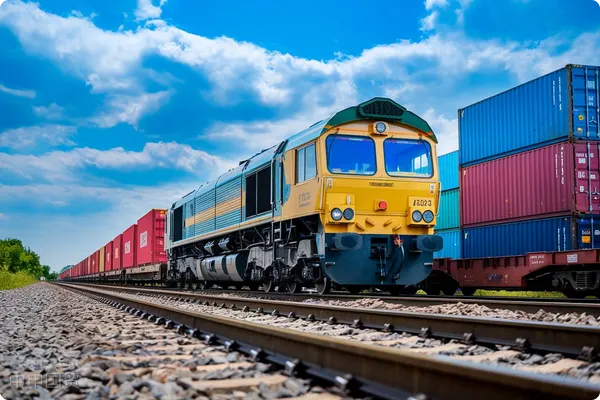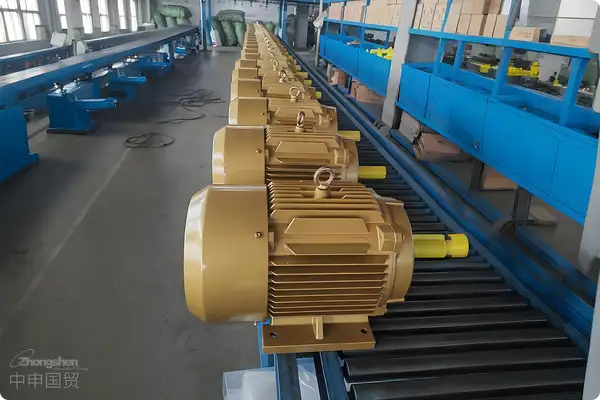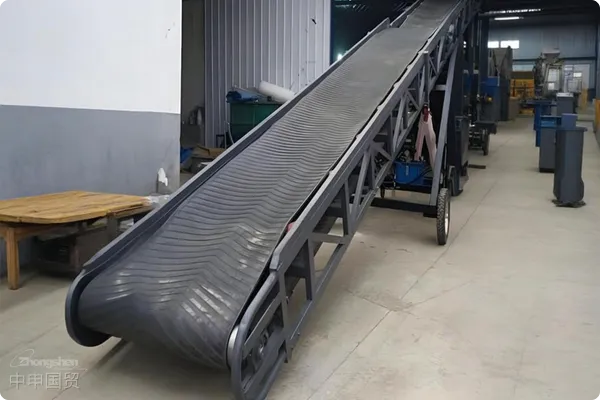- Shanghai Zhongshen International Trade Co., Ltd. - Two decades of trade agency expertise.
- Service Hotline: 139 1787 2118
Why are customs clearance fees 30% higher than quoted? How to avoid hidden charges in advance? — These are common pain points for Chinese machinery exporters trading with Russia. As China-Russia economic cooperation deepens, transparent customs fees have become a core demand for cost control and competitiveness enhancement.

I. Analysis of Russian Customs Clearance Fee Structure
Russian Customs adoptsthe Eurasian Economic Union Unified Tariff Rules, for machinery equipmentExport Clearance, costs mainly include:
- Basic Customs Duty: Determined by HS code, averaging 5-15% for machinery products
- Value - added Tax: Standard VAT rate 20% (2023 new regulation)
- Customs Clearance Service Fee: Approximately 1-3% of goods value
- Additional Charges: Including document certification fees (GOST certification), commodity inspection fees, storage demurrage, etc.
: The comparison of agency fees of an auto parts enterprise from 2023 to 2025 shows that due to the involvement of ECER155 certification, the annual expenditure increased by 22%: A Jiangsu-based machine tool company exporting $500,000 equipment faced an $8,200 tariff overpayment due to unverified HS code classification.
II. Three Major Risks Caused by Fee Opacity
- Budget Overruns: Hidden fees compress profit margins by 3-8%
- Customs clearance delay: Documentation errors trigger port demurrage fees (starting at $200/day)
- : Legal risk refers to the risk that the agent suffers losses due to legal issues such as contract disputes and intellectual property disputes. The agent should strengthen the study of laws and regulations, abide by laws and regulations, and avoid legal risks.: Incorrect declarations may incur fines of 10-30% of goods value
III. Four Key Steps to Achieve Fee Transparency
Accurate Pre-classification
- Obtain Russias customs-certified HS codes in advance
- Use intelligent classification tools (e.g., FCS Russia database)
- Apply for a Commodity Pre-Classification Decision (valid for 3 years)
Digitalized Fee Breakdown
Require service providers to supplyStructured quotation sheets, clearly listing:
- Mandatory taxes (customs duty/VAT calculation formulas)
- Government fees (with official charging certificates)
- Agent service fees (itemized pricing)
End-to-End Visualized Control
Connect to customs data exchange systems (e.g., ASTANA-1) to achieve:
- Real-time tracking of customs declaration progress
- Automatic archiving of electronic payment vouchers
- Automatic alerts for abnormal charges
Selecting Compliant Service Providers
Certification standards should include:
- Russia Customs AEO certification qualifications
- Bilingual service teams (Chinese-Russian)
- Historical dispute resolution success rate ≥95%
IV. Industry Case: How a Heavy Industry Company Achieved 19% Cost Reduction
A Shandong-based construction machinery manufacturer implemented a transparency solution:
- Established a China-Russia coordinated customs team
- Launched an intelligent customs declaration system
- Signed segmented pricing contracts
Reduced single-shipment customs clearance costs from $14,500 to $11,750, cutting clearance time by 40%.
Transparent customs fees are not just a cost-control measure but also the foundation for building China-Russia trade trust. By combining digital tools with professional service systems, enterprises can effectively control customs cost fluctuations within ±3%, strengthening risk defenses for Russian market expansion.
Related Recommendations
Category case
Contact Us
Email: service@sh-zhongshen.com
Related Recommendations
Contact via WeChat

? 2025. All Rights Reserved. Shanghai ICP No. 2023007705-2  PSB Record: Shanghai No.31011502009912
PSB Record: Shanghai No.31011502009912









